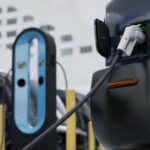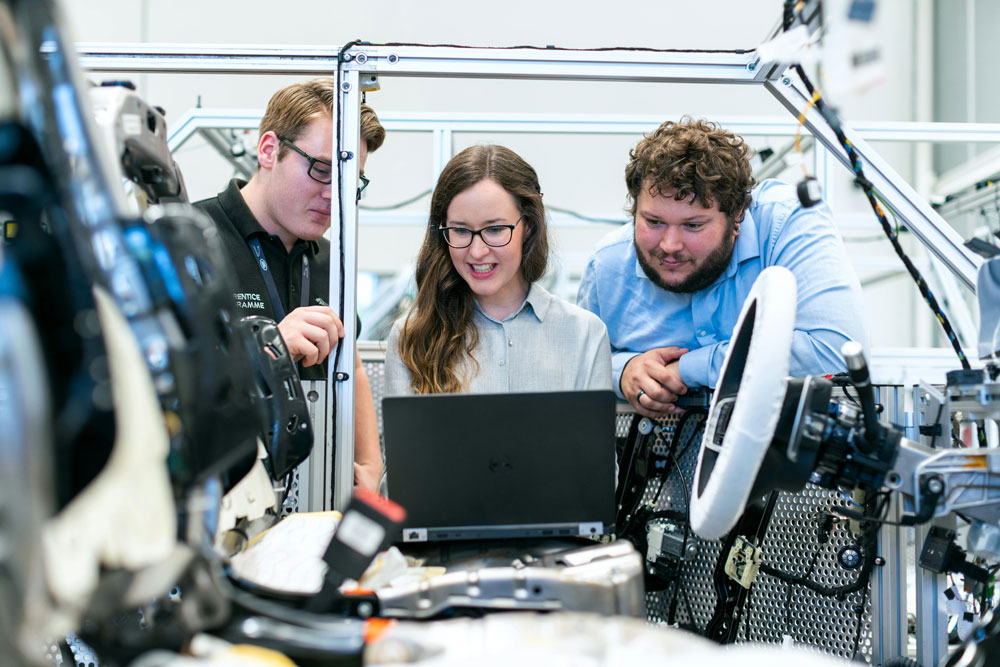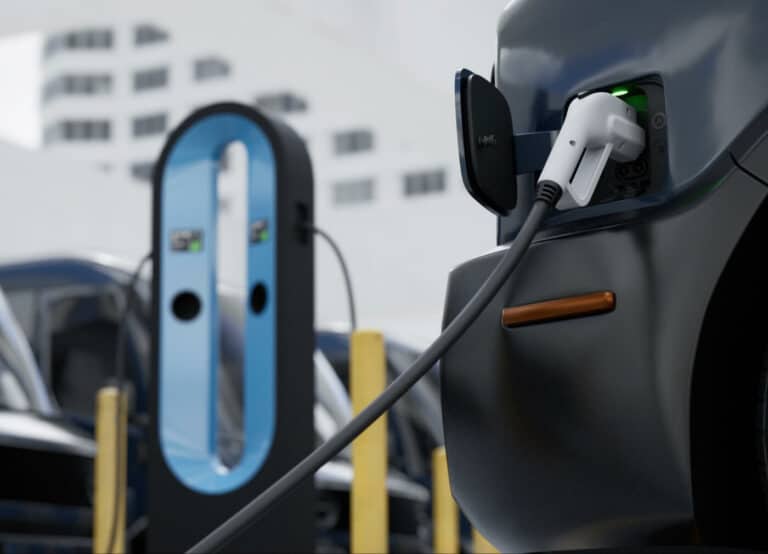Buying a used family car is a great way to save money. Within a few clicks of a mouse, you have access to thousands of used cars. However, how do you separate the good from the bad and ensure you buy the right car for you?
Our guide will provide you with a road map and reveal some top tips when buying a used family car.
What car do I need?
This is different depending on what car you want. We all have the idea of the car we want, but is it right for you and your needs?
We would always advise you to create a list of essential requirements the car must have. This can sometimes be hard to start, so let us give you a few ideas. What is your price range? What boot size do I need? Does it need to fit a pram, for example? Does it have child seat fixing points? Is it economical to run?
There are also other areas that you may want to consider. If you cover a lot of distance, do you need cruise control? Do you own a caravan or trailer, and therefore does it need a towing point? Does the car need to fit in a small garage?
These types of questions will help you create your list of requirements to ensure you start on the right track.
What should I check before driving a car?
When you have picked a few cars which meet your requirements, there are some checks you can complete yourself that will help you narrow your selection even more.
Always communicate with the seller before and collect as much information as possible to help in your decision-making process. This can often include mileage information, mot and tax dates. We would also advise ensuring you know the Reg number and Vin number.
For less than £10, you can use this information and discover the complete history of the vehicle. From checking for any outstanding finance, police records and write-off information, you can ensure the car is suitable to buy.
Without the addition of an online vehicle registration check, this article would take over 30 checks to complete before purchasing a used family car. However, this check completes so much of the hard work for us and takes a lot of the stress away.
Check Valuations Online
This one may seem obvious, but do you do it properly. To make sure you know the current ‘going rate’ of the car, make sure you compare more than just the make and model. For example, mileage will play a major role in the value of the vehicle. If this is high, then you can use this as a bargaining tool.
Also, if one of your requirements was an in-build SATnav,. Make sure you compare the price with other cars with the same features. Some optional extras will also change the ‘going rate’ of a vehicle.
Car Viewing Tips
Firstly, never view a car on your own. Always view a used car with a friend or family member. As well as providing additional safety, they may also see or hear things that you don’t.
We would usually advise arranging any car viewings at the home of the seller. We would always be suspicious if they would only let you view the car in a public area such as a carpark or petrol station. This could mean they don’t want you to know where they live if there are any issues with the car.
Try to arrange a viewing on a good weather day too! Don’t go when its dark or raining, as this can easily disguise or hide any blemishes or defects on the car. Raindrops or poor light can easily hide scratches, dents and missing parts that you would easily see in better conditions.
Another key area to check is the locks and windows. Check they are the same at both sides, as differences could highlight any repair from an attempted brake in. Check that the central locking opens all doors, and importantly, check the manual locking also works. Don’t forget to check the windows are fully open and closed, and if the car has a sunroof, this works as it should. If you begin noticing a lot of defects but you like the car, it may be worth having an independent inspection to ensure these are just cosmetic and no structural issues are hidden.
However, the inspection of the car does not stop on the outside. Make sure you inspect inside the vehicle too! Look at the center console, door cards, seats and even look under any mats.
As well as allowing you to view the vehicle properly and forming part of your decision about whether this car is right for you, these small defects can also become a powerful negotiating tool.











